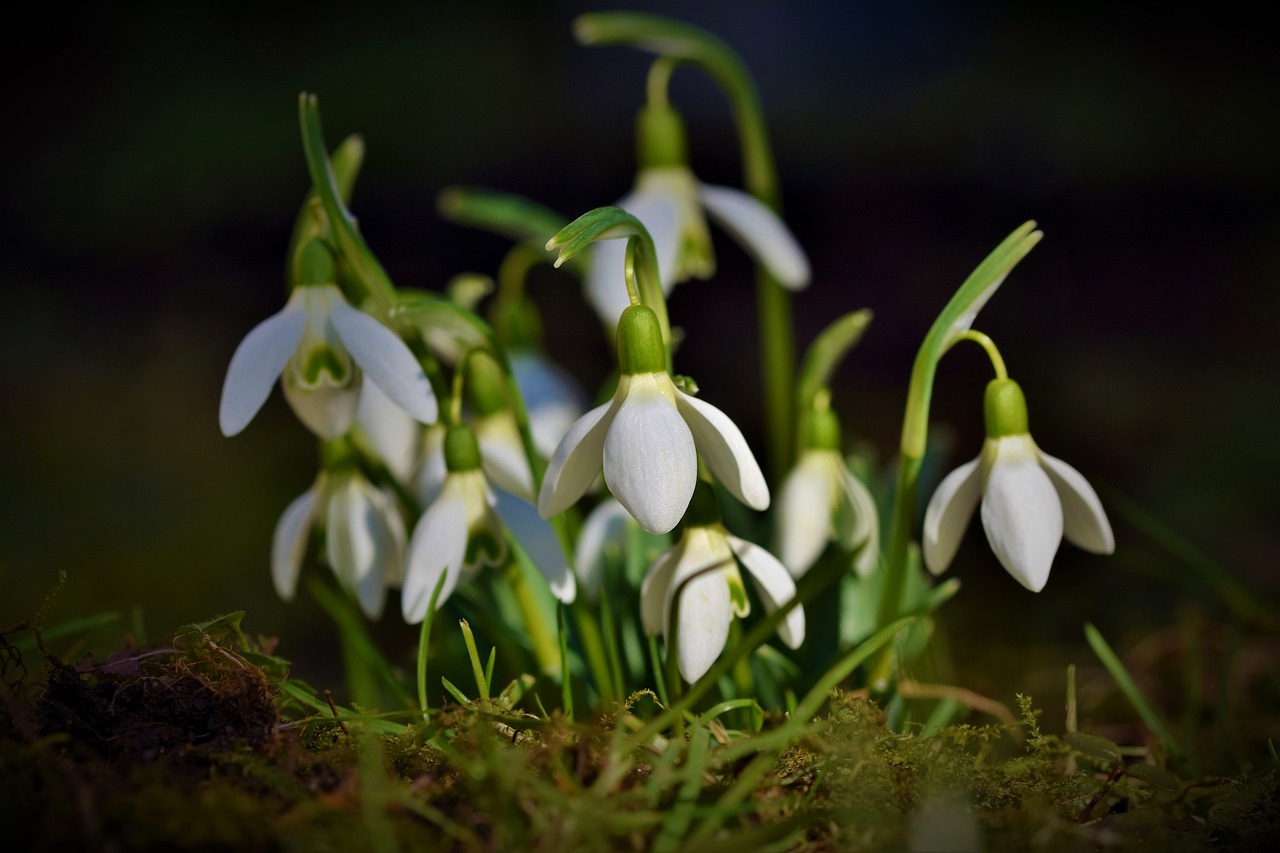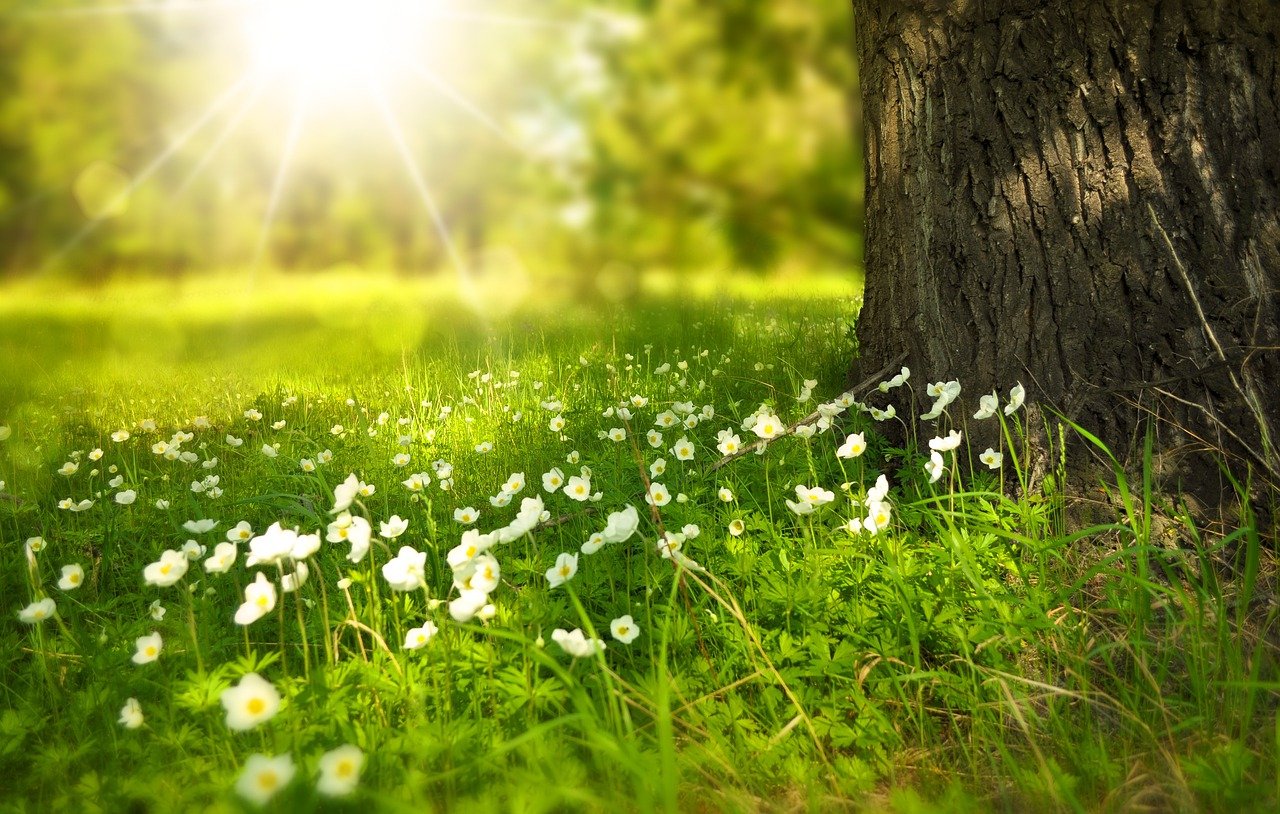Some of us can’t afford to purchase homes even in this time of foreclosures and lower prices. Some of us have very little outdoor space, have bad soil or don’t have landlords hip to tilling up the yard.
Some of us just like watching plants grow and develop in our windowsills instead of outside, where weather and temperature can leave all our love of planting unrequited. We are the people who turn to indoor container gardening.
Indoor container gardening is a great way to grow small vegetables, herbs and other sundries in minimal space. If you’re good with plants and conscientious, you can do it in just a couple of windowsill-based square feet.
First, get or make yourself a small sprouting greenhouse. Ikea has them for around five bucks. If you don’t have an Ikea nearby, you can create one with a transparent glass or plastic container (I prefer searching in thrift stores, where the options are endless), or build a lidless box using small pine slats and nailing along polyurethane sheeting.
The construction isn’t really important. What is important is that the sprouting plants receive regular airflow, and that sunlight (and its warmth) permeates the container.

Next, choose your seeds. I find that dwarf tomatoes, basil, oregano and even some chilies work really well indoors. Read the instructions on the seed packet; some seeds require chafing or cutting to loosen the seed’s goodness from the husk, allowing it to sprout. Do what the seed packet tells you and you can’t go wrong in germinating at least most of your plants.
For sprouting, I like to use paper cups. Not only is this a good way to reuse items you might have around the house, it’s also very easy to peel away the cup when you need to transplant the seedlings – thereby saving the roots and keeping the young plant’s integrity.
Toss in some indoor potting soil and plant seeds to their suggested depth. Water voraciously. Put the cups under your makeshift greenhouse, stick the whole contraption in a sunny area, and wait.
In a couple weeks (depending on seedling), you should have a number of sprouts. If there’s more than one per pot, thin them out. Continue to water, and cycle out the air (if you’re using glass or plastic) at least twice a day so the plants don’t suffocate. If you want, talk to them. They seem to like that.
When the plants have five to seven leaves each (beyond the initial sprout leaves – which are usually shaped differently), transplant them to larger pots and free them from the greenhouse. Continue to water conscientiously, and watch as your indoor garden takes shape.






